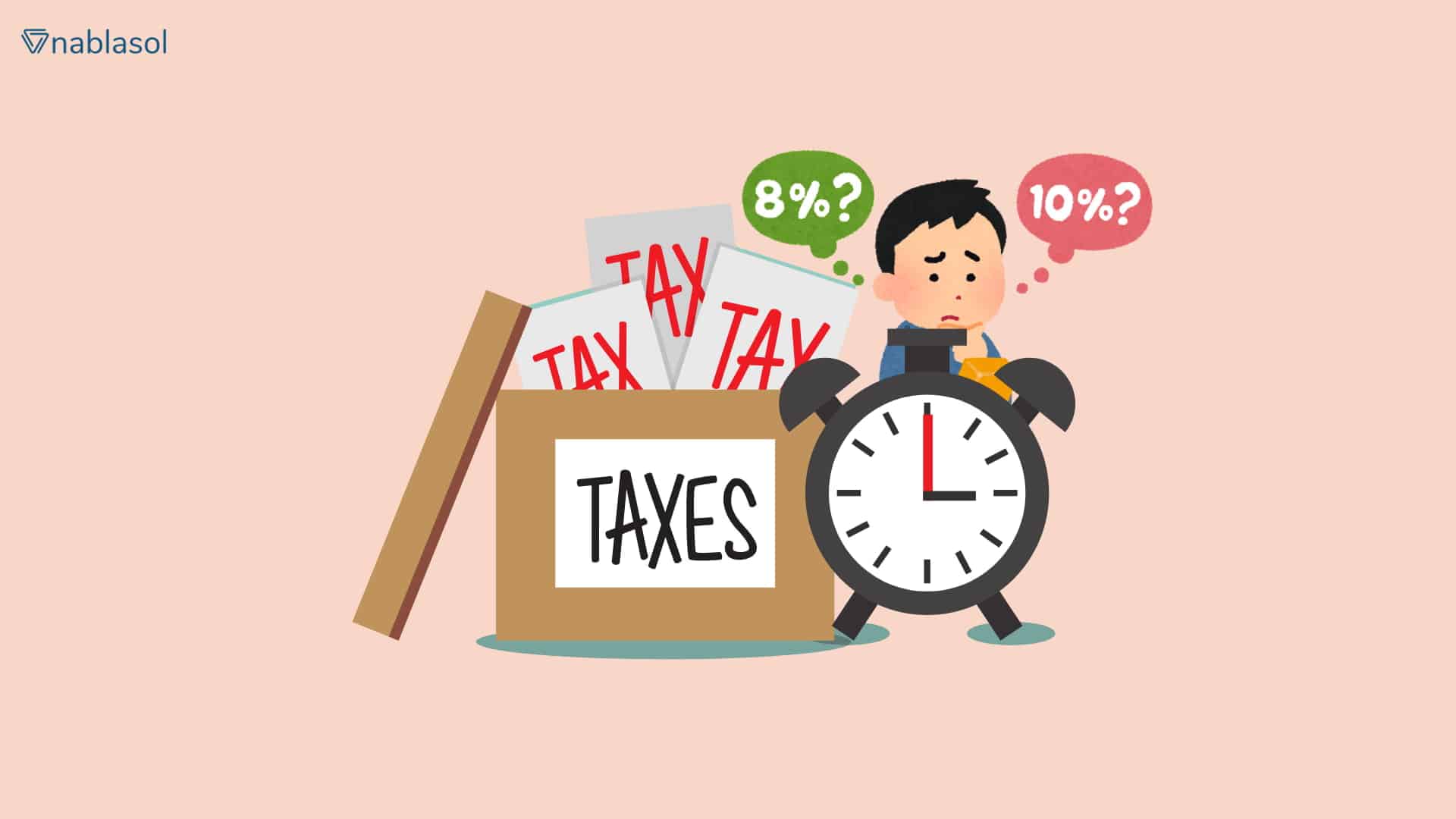Embarking on a software development journey? Brace yourself for one of the most critical decisions: selecting the perfect tech stack. Picking the right tech stack is crucial for a custom software development project. Think of it as laying the foundation for a skyscraper – this choice shapes your project’s entire structure and long-term success.
I’ll tell you how you can strategize the plan and avoid making mistakes, and errors that can be easily mitigated using the correct information and rules of judgement.
When you’re picking a framework or a language, there’s a lot to consider:
Adoption and Usage
How extensively are these technologies used in the industry? One trick to understand the kind of technology used by your competitors is to see the demographic of their team from Linkedin. If there are more React or Python developers will give you the answer to the question of what technology are they building upon.
Developer Availability
Are there enough skilled developers proficient in these technologies? Are there forums and communities for developers? Are those community platforms active in discussion and answering questions of its members? The size of these communities will tell you how many developers are out there for each language.
Stability and Updates
Opt for technologies with regular updates and a proven track record, avoiding excessively new or outdated options. Gauging these factors often involves checking Google results and tech forums to gather insights. An active language framework will regularly come up with updates.
Once you have the language finalized, next comes the pivotal choice of the Database. While navigating a custom software development project, this decision significantly impacts your software’s performance and scalability.
However, the SQL vs. NoSQL debate isn’t a simple fork in the road. Here’s a rule of thumb:
- SQL for Transactions: If your system involves heavy transactions, particularly in enterprise settings, SQL databases like MySQL or PostgreSQL might be your go-to.
- NoSQL for Scalability: When scalability and handling vast data dissemination are priorities, NoSQL databases such as MongoDB or Cassandra offer flexible solutions. Remember, there’s no one-size-fits-all, and hybrid approaches are valid contenders too.
Lastly, buzzwords can be alluring, but stay grounded. So, prioritize technologies that genuinely contribute to your project’s success, rather than blindly chasing trends.
Let’s build with intelligence, not just follow the hype!



